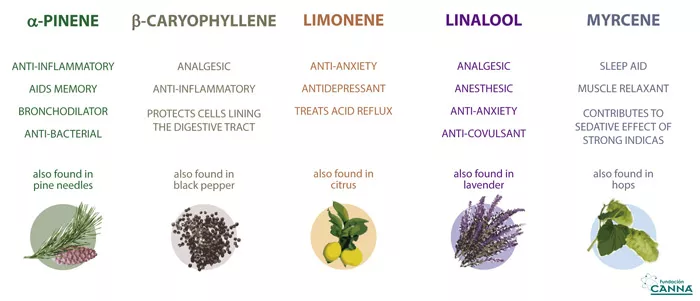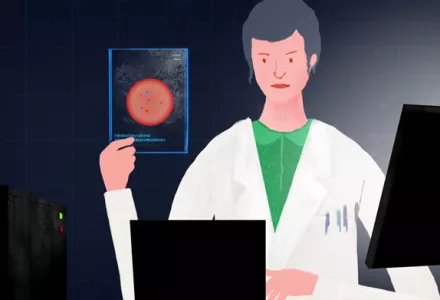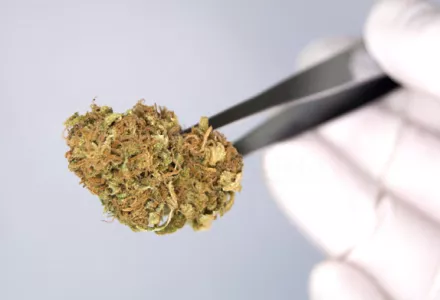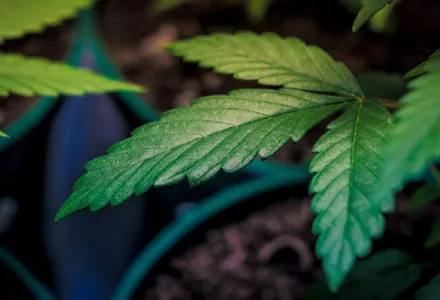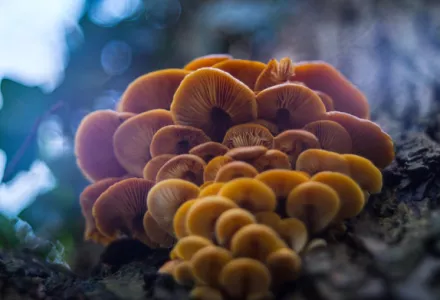This is an article created by Fundacion CANNA, a Spanish non-profit organization that carries out studies and conducts research on Cannabis and its active compounds. Its main focus is on Cannabis plants and their active compounds, related studies and scientific research, especially regarding its effects on the human body and mind and regarding Cannabis use and its derivatives. Fundación CANNA has it’s own laboratory where different kind of tests are performed.
Plant-based medicines have been an integral part of human survival and remain an essential and revered asset to health and wellness. On a global level, the World Health Organization estimates that about 80% of the population in developing countries rely on traditional, plant-based medicines. The cannabis plant's use in medicine, religious ceremonies and recreation dates back 5000 years. Although the plant is currently viewed with controversy, scientists have worked to gain a technical understanding of the plant's biochemical and medicinal properties.
The endocannabinoid system (ECS)
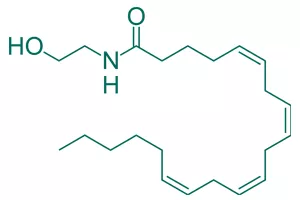
Between the 1930's to 1960's, several impactful chemical compounds, called cannabinoids, within the cannabis plant were identified, including delta-9 tetrahydrocannabinol (THC), cannabidiol (CBD), cannabigerol (CBG), cannabichromene (CBC), cannabidivarin (CBDV), and tetrahydrocannabivarin (THCV). Between 1988-1992 another advancement came with identifying cannabinoid receptors in mammals, known as CB1 and CB2. Cannabinoids engage these receptors that then induce a bodily response. Once cannabinoid receptors had been discovered, it became important to establish whether mammalian tissues also produce substances to activate the receptors or if these receptors are only targeted by plant-derived and synthetic cannabinoids.
In 1992, the first mammalian produced cannabinoid, arachidonoylethanolamide, was discovered and named anandamide from 'ananda', the Sanskrit word for 'bliss'. Anandamide, is synthesized in areas of the brain used for memory, motivation, higher thought processes, and movement control. It also plays an important role in pain, appetite, fertility, and cancer cell mitigation. The cannabinoid protein receptors, CB1 and CB2, together with mammalian produced cannabinoids, make up what is now known as the endocannabinoid system (ECS).
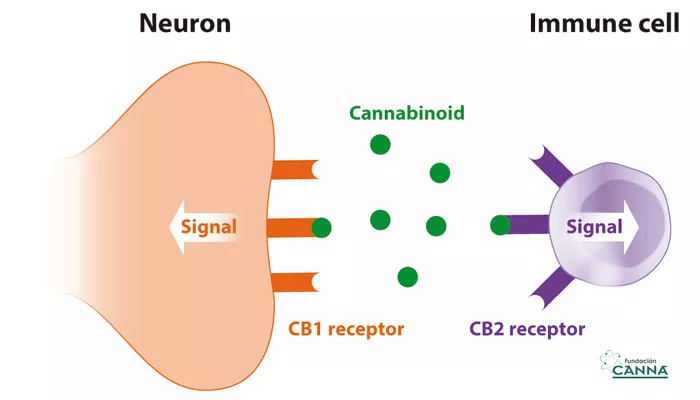
Read further about plants that engage the ECS
